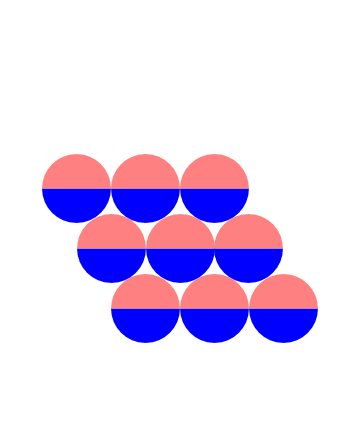Reference: https://en.wikipedia.org/wiki/Smoothed_octagon
Background: The smoothed octagon is conjectured to have the lowest maximum packing density of the plane of all centrally symmetric convex shapes. If central symmetry is not required, the regular heptagon has even lower packing density, but its optimality is also unproven. A circular segment is a region cut off from a circular disk by a chord.
Question: Circular segments that are larger than semidisks of same radius appear good candidates for low packing fraction among non-centrally symmetric convex regions (segments smaller than semidisks can be paired into 'convex lens' shapes which are centrally symmetric and convex). Are the packing densities of all such large circular segments known to be strictly greater than that of the regular heptagon? If "yes", how does the packing densities of such large segments compare with that of the disk itself?
Additional Question: Is the constant width curve with least packing fraction the circle – or say, an irregular figure formed by unequal length arcs (for a construction of the latter, see 'Colossal Book' by Martin Gardner)?
Note: Messnikoff (https://arxiv.org/pdf/1504.06733.pdf) has conjectured the constant width curve with highest packing fraction is the Reuleaux triangle.
Best Answer
Circular segments all pack at a higher density than disks:
The density is
$$\frac{a\sqrt{1-a^2}+\pi-\cos^{-1} a}{\sqrt{3}+a\sqrt{4-a^2}}$$